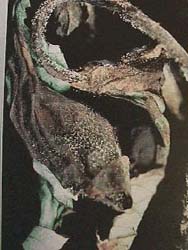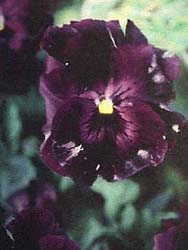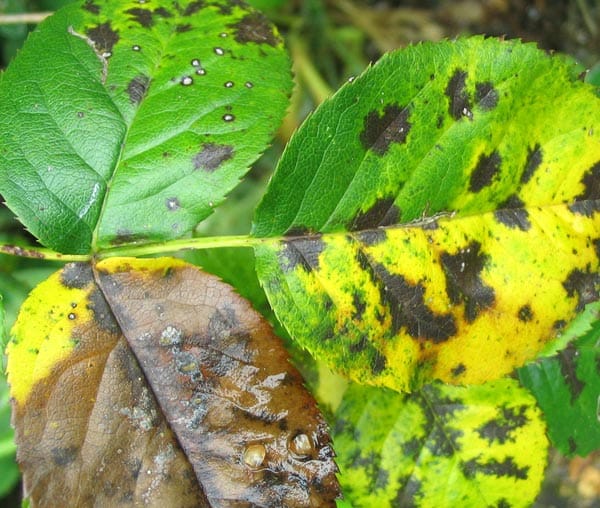Source(s): Nina Eckberg
Root Rot on evergreen, is caused by fungi growing in the root system. The fungi include, but are not limited to: Fusarium, Phytophthora, Pythium, Rhizoctonia or Thielaviopsis (Black Rot)
APPEARANCE
Leaves on an evergreen plant turn yellow to orange with no visible signs of insects or fungal disease. The change of color seems to move from the inside of the plant out to the tips. Sometimes exactly half of a plant will turn yellow, as if sprayed with herbicide. The leaves will remain on the plant for extended periods of time.
HOSTS
Azaleas, boxwood, cedars, junipers and rhododendrons.
SEASON
In the summer (during drought) and fall(during planting season), when gardeners over water their plants!
DAMAGE
When the root system of the plant is examined, the roots are black, mushy and slough away in your hand. There may be a swampy smell to the root ball, indicating rotting vegetation.
WHAT TO DO
Do not water plants everyday! Root systems need water and air to survive. Too much water suffocates or drowns the roots, so allow the soil to drain and slightly dry out between watering. Touch the soil around the base of a plant before watering. If the soil is moist, it doesn’t need more water. If the soil is dry, water deeply (at least 1″ of water) and check again in 3-4 days.
Mulch plants with 2-4 inches of mulching material to slow evaporation of water during dry periods. You will water less often if a plant is mulched properly.
If you suspect a root rot, bring a sample to your local Extension Service for proper diagnosis. The Extension Service will recommend a liquid fungicide as needed. READ THE LABEL of the product you choose.
COMMENT
If a root rot effects more than 50% of a plant root system the plant will have a hard time recovering. Fungicide drenches can control the spread of root rot if the disease is diagnosed early.
Resource(s):
Common Landscape Diseases In Georgia
Center Publication Number: 54




